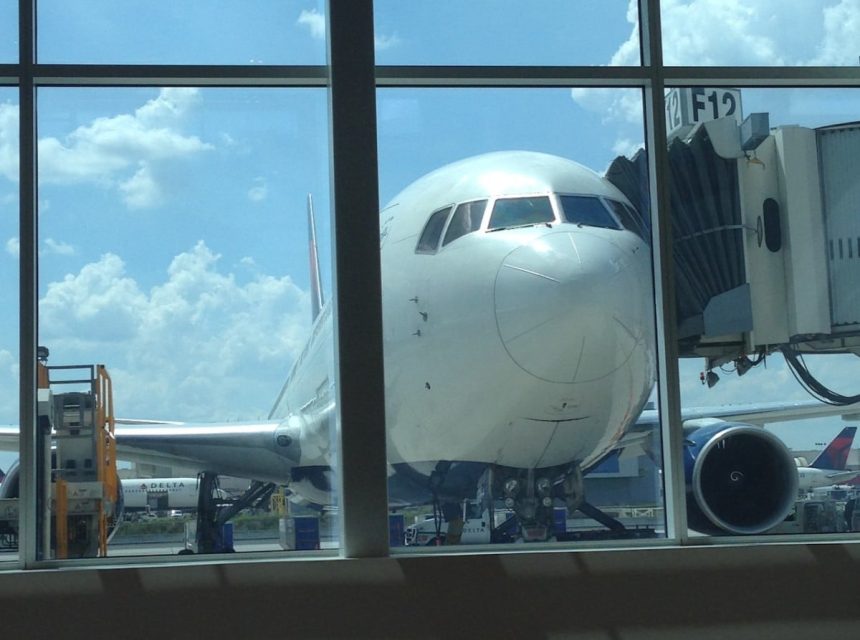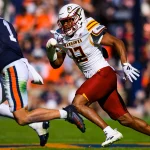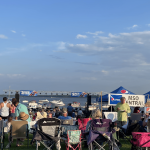Building upon an executive order issued by President Joe Biden, new mask guidance from the Centers for Disease Control and Prevention (CDC) is set to take effect late Monday night.
An 11-page public health order from the CDC outlines that masks must be worn by passengers on or in planes, trains, buses, taxis, ride-sharing vehicles (Uber, Lyft) and all other forms of public transportation.

The order, which requires that a mask be worn covering both your nose and mouth, also extends to airports, bus stations, subway platforms and other “transportation hubs.” While masks are currently required in most of these areas already, the CDC order allows operators to instruct passengers that failure to comply is a violation of federal law.
In order to in be line with the order, the CDC states that face shields and goggles without a mask will not cut it. Additional details from the CDC can be seen below.
- A properly worn mask completely covers the nose and mouth.
- Cloth masks should be made with two or more layers of a breathable fabric that is tightly woven (i.e., fabrics that do not let light pass through when held up to a light source).
- Mask should be secured to the head with ties, ear loops, or elastic bands that go behind the head. If gaiters are worn, they should have two layers of fabric or be folded to make two layers.
- Mask should fit snugly but comfortably against the side of the face.
- Mask should be a solid piece of material without slits, exhalation valves, or punctures.
The following attributes are additionally acceptable as long as masks meet the requirements above.
- Masks can be either manufactured or homemade.
- Masks can be reusable or disposable.
- Masks can have inner filter pockets.
- Clear masks or cloth masks with a clear plastic panel may be used to facilitate communication with people who are hearing impaired or others who need to see a speaker’s mouth to understand speech.
- Medical masks and N-95 respirators fulfill the requirements of the Order.
The following do not fulfill the requirements of the Order.
- Masks worn in a way that does not cover both the mouth and nose
- Face shields or goggles (face shields or goggles may be worn to supplement a mask that meets above required attributes)
- Scarves, ski masks, balaclavas, or bandannas
- Shirt or sweater collars (e.g., turtleneck collars) pulled up over the mouth and nose.
- Masks made from loosely woven fabric or that are knitted, i.e., fabrics that let light pass through
- Masks made from materials that are hard to breathe through (such as vinyl, plastic or leather)
- Masks containing slits, exhalation valves, or punctures
- Masks that do not fit properly (large gaps, too loose or too tight)







